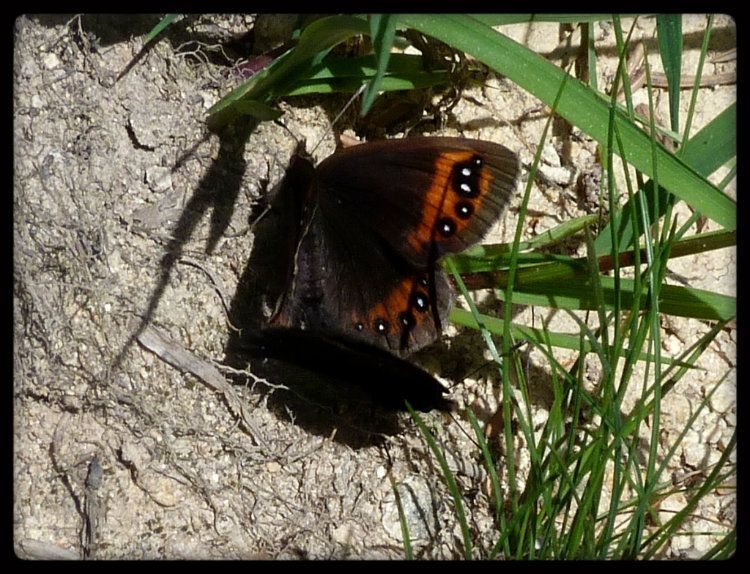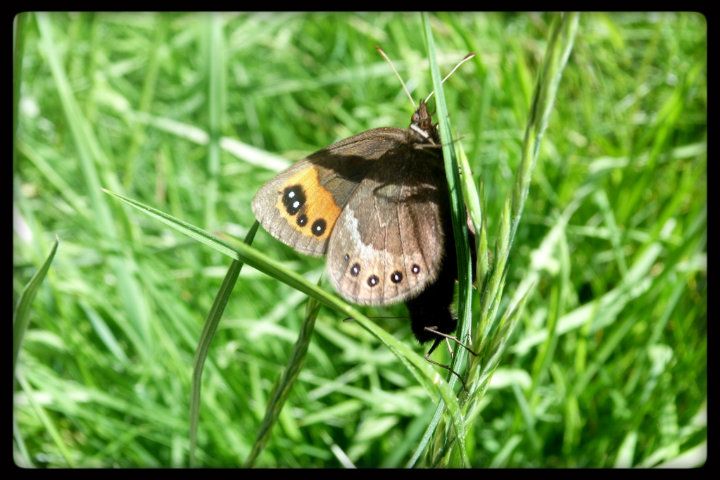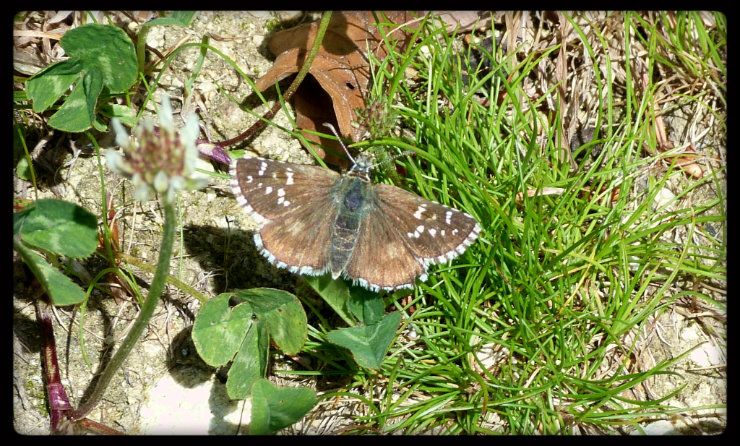Re: Eastern French Pyrenees - 22nd to 28th June 2012
Posted: Fri Jul 13, 2012 5:06 pm
Summary
In total, at least 30 non-UK species were seen during the 7 day trip. In order of abundance they were:
Super-adundant
Pearly Heath
Abundant
Black Veined White
Common
Marbled Fritillary
Spotted Fritillary
Piedmont Ringlet (particularly at altitude)
Bright Eyed Ringlet (at altitude only)
Appearing fairly regularly (between 10 and 50 overall)
Provençal Fritillary
Purple Shot Copper
Large Wall Brown
Queen of Spain Fritillary
Oberthur's Grizzled Skipper
Lesser Marbled Fritillary (dampish places mostly)
Purple Edged Copper (about a dozen seen at 1500m)
Single figures - (numbers are the minimum seen and positively identified)
Great Banded Grayling - 6
Ilex Hairstreak - 5
Long Tailed Blue - 5
Sooty Copper - 2
Scarce Copper - 2
Mazarine Blue - 2
Map - 2
Lang's Short Tailed Blue - 1
Turquoise Blue - 1
Sloe Hairstreak - 1
Olive Skipper - 1
Lesser Purple Emperor - 1
Weaver's Fritillary - 1
Tufted Marbled Skipper - 1
Marbled Skipper - 1
Mountain Clouded Yellow - 1
Large Tortoiseshell - 1
There may well have been more species than this, but it isn't always possible to photograph a particular butterfly, especially erebia which seem to fly endlessly. I'm also fairly confident that the 'Wood Whites' flying at 1900m weren't sinapis, but proving otherwise (apart from habitat preference) would have been near impossible.
I still have two species I'd like feedback on. The first, I think, is Piedmont Ringlet, but the ocelli are abnormally pronounced:

In both the above and below image it is the female that is the more visible:

For most of us (myself definitely included), pyrgus are the hardest butterflies of all to identify. However, this one found alone at 1800m on the plateau du saquet appears different to any of the others I saw during the week:

In total, at least 30 non-UK species were seen during the 7 day trip. In order of abundance they were:
Super-adundant
Pearly Heath
Abundant
Black Veined White
Common
Marbled Fritillary
Spotted Fritillary
Piedmont Ringlet (particularly at altitude)
Bright Eyed Ringlet (at altitude only)
Appearing fairly regularly (between 10 and 50 overall)
Provençal Fritillary
Purple Shot Copper
Large Wall Brown
Queen of Spain Fritillary
Oberthur's Grizzled Skipper
Lesser Marbled Fritillary (dampish places mostly)
Purple Edged Copper (about a dozen seen at 1500m)
Single figures - (numbers are the minimum seen and positively identified)
Great Banded Grayling - 6
Ilex Hairstreak - 5
Long Tailed Blue - 5
Sooty Copper - 2
Scarce Copper - 2
Mazarine Blue - 2
Map - 2
Lang's Short Tailed Blue - 1
Turquoise Blue - 1
Sloe Hairstreak - 1
Olive Skipper - 1
Lesser Purple Emperor - 1
Weaver's Fritillary - 1
Tufted Marbled Skipper - 1
Marbled Skipper - 1
Mountain Clouded Yellow - 1
Large Tortoiseshell - 1
There may well have been more species than this, but it isn't always possible to photograph a particular butterfly, especially erebia which seem to fly endlessly. I'm also fairly confident that the 'Wood Whites' flying at 1900m weren't sinapis, but proving otherwise (apart from habitat preference) would have been near impossible.
I still have two species I'd like feedback on. The first, I think, is Piedmont Ringlet, but the ocelli are abnormally pronounced:

In both the above and below image it is the female that is the more visible:

For most of us (myself definitely included), pyrgus are the hardest butterflies of all to identify. However, this one found alone at 1800m on the plateau du saquet appears different to any of the others I saw during the week:


